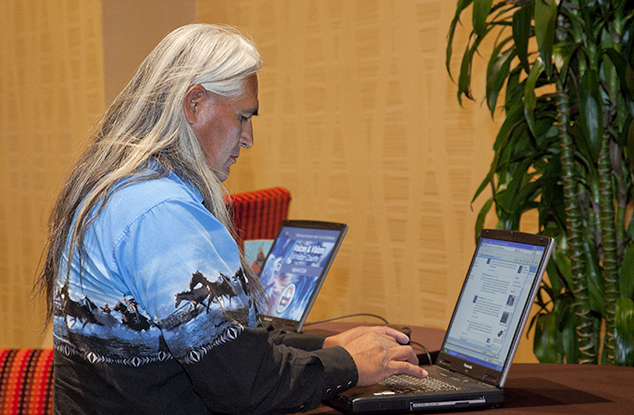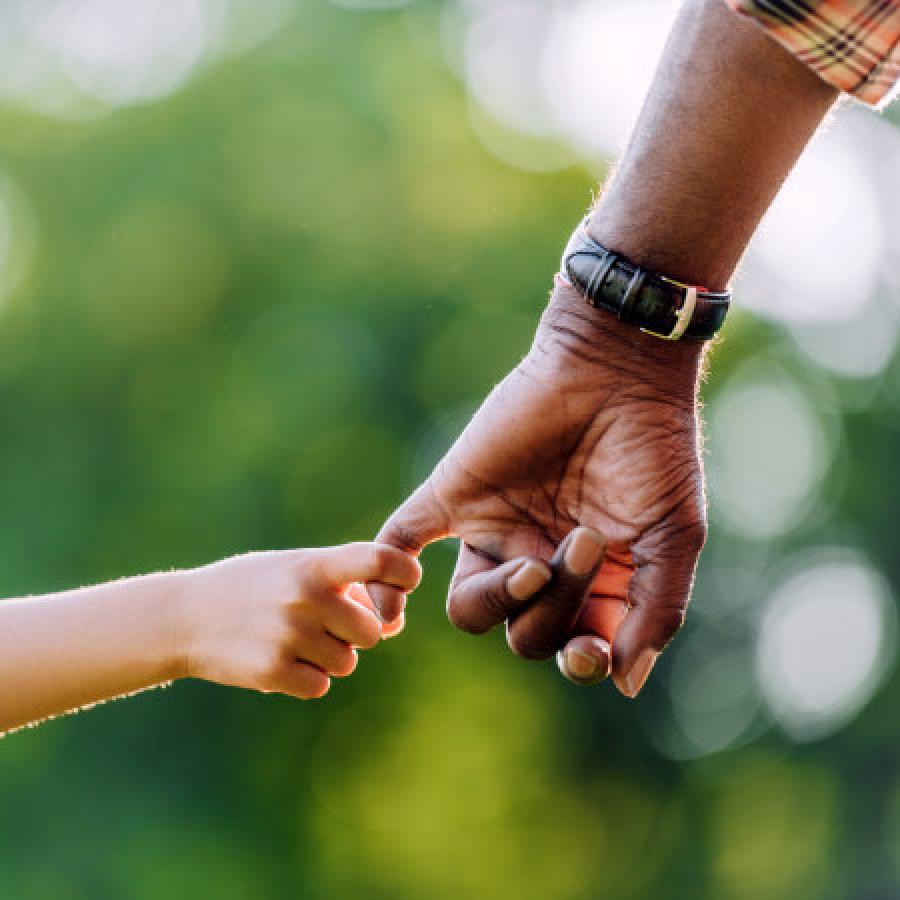Median age: Shared prosperity requires setting up young people of color to succeed.
Insights & Analyses
- In the US, white people have the highest median age at 44, while people of mixed or other racial backgrounds have the lowest at 25, a trend that has existed since at least 2010.
- People living below 200 percent of the federal poverty level are younger, with a median age of 32, compared to a median age of 41 for those living at or above this threshold.
- States with larger proportions of white residents, such as Maine, New Hampshire, and Vermont, have the highest median ages overall.
- The median age for people of color is highest in Hawaii and Florida.
- Most cities with the highest median ages, like Scottsdale, Arizona, and St. Petersburg, Florida, are predominantly white. However, Hialeah, Florida, which has the second-highest median age, is majority people of color.
Drivers of Inequity
Wide differences in the median age among different racial and ethnic groups are driven by multiple demographic trends. The Baby Boomer generation is primarily white due to policy in the 1950s that banned immigrants of color, and this population is aging — driving up the median age of white Americans. At the same time, birth rates among African Americans and US-born people of color are now outpacing rates for white Americans, lowering the median age for these groups. Additionally, the rise in interracial marriages in the 21st century has led to a surge in the share of young Americans who identify as multiracial or mixed-race.
Strategies
Grow an equitable economy: Policies to build bridges across generations
- Implement policies and investments such as equitable school funding, universal pre-K (also known as universal preschool), expanded free college programs that cover living expenses in addition to tuition costs, and cradle-to-career support systems to ensure low-income children of color can access the education and supports they need to succeed.
- Strengthen the elder care sector by securing living wages, benefits, and adequate training and standards for care workers through worker organizing, innovative business models, and policy changes.
- Promote intergenerational programming and plan for intergenerational communities that allow seniors to age in place while providing safe and healthy environments for families to raise children.
- Build intergenerational alliances, coalitions, and campaigns to advance policy changes for the benefit of the young, the old, and the "sandwich generation" caring for children and parents.
- At the federal level, lower and/or eliminate tuition for higher education, eliminate current student loan debt for all, enact free healthcare for all, expand the National Family Caregiver Support Program to provide all caregivers with adequate support, and require all employers to offer paid family leave.
Strategy in Action
Job training programs help indigenous elders achieve financial security. Since 1989, the National Indian Council on Aging (NICOA) has received US Department of Labor (USDOL) funds to support low-income older adults, particularly Native Americans and Alaskan Natives, with job training, workforce placement, and skill building programs. NICOA operates its older adult job training programs in seven US states across the Southwest, Midwest, and the Dakotas. Low-income older adults can face challenges finding employment due to age discrimination and/or shifting skill requirements in many labor markets, and many older indigenous Americans face an array of financial and health-related challenges. NICOA works with local employers and public sector agencies to help fill workforce shortages with newly trained program participants, particularly in social service fields, community and educational centers, and local government offices. These people-facing roles not only provide older adults with financial resources, but also cultivate a sense of connection with community. While situated in areas with large Native American communities, NICOA’s job training programs are not exclusive to Native Americans: in 2021, 58 percent of program participants identified as indigenous. Learn more.
Photo: Courtesy of National Indian Council on Aging, Inc.

Resources
-
Reports: New Census Reflects Growing U.S. Population Diversity, with Children in the Forefront; White and youth population losses contributed most to the nation’s growth slowdown, new census data reveals; Making the Case for Intergenerational Programs
-
Data: Exploring the Racial and Ethnic Diversity of Various Age Groups


